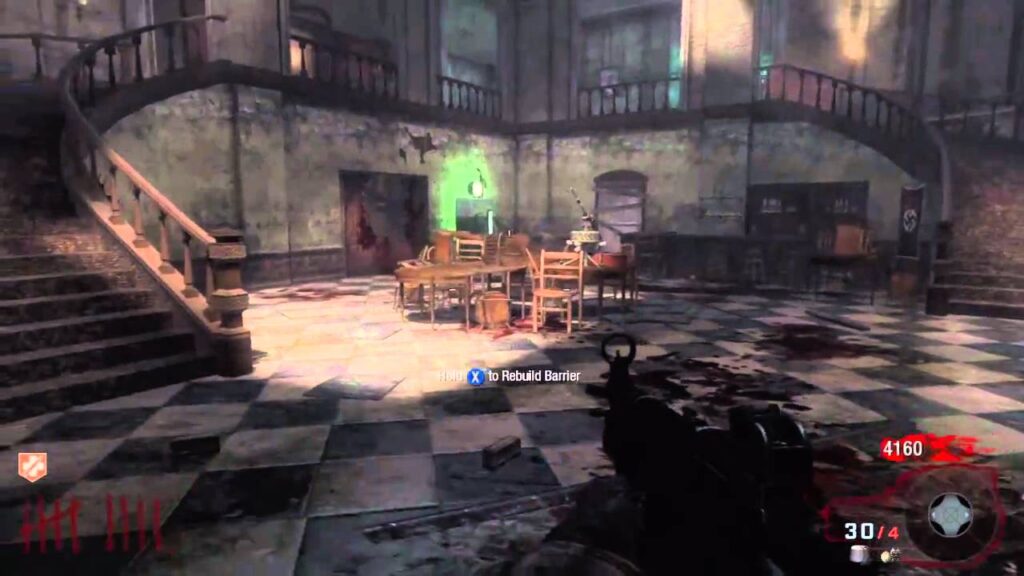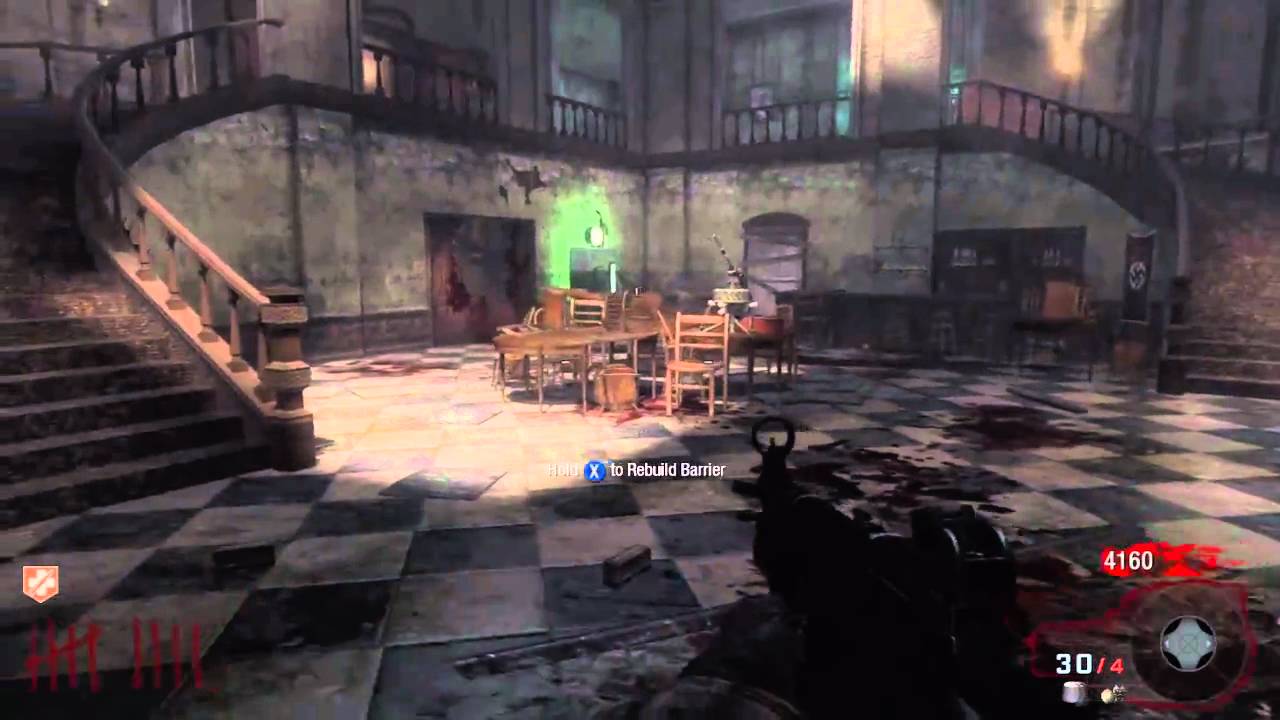
Kindertotenlieder: Exploring Mahler’s Songs on the Death of Children
Gustav Mahler’s Kindertotenlieder, meaning “Songs on the Death of Children,” is a poignant and deeply moving song cycle that explores grief, loss, and the enduring power of parental love. Composed between 1901 and 1904, the cycle comprises five songs set to poems by Friedrich Rückert, written in response to the death of two of his children. These songs represent some of Mahler’s most intimate and emotionally resonant work, offering a profound meditation on mortality and the human condition. The impact of Kindertotenlieder is undeniable, and it remains a cornerstone of the lieder repertoire.
The Genesis of Kindertotenlieder
The origins of Kindertotenlieder are intertwined with both Rückert’s personal tragedy and Mahler’s own evolving musical language. Friedrich Rückert experienced the devastating loss of two of his children to scarlet fever in 1833-34. In response, he penned a collection of over 400 poems, expressing his grief and attempting to come to terms with his immense sorrow. Mahler selected five of these poems to set to music, creating a cycle that explores various facets of mourning.
Interestingly, Mahler composed Kindertotenlieder before experiencing the loss of a child himself. This fact has led to much speculation and debate about the composer’s motivations. Some believe that the cycle reflects a premonition of future suffering, while others suggest that it represents a more general contemplation of mortality and the fragility of life. Whatever the impetus, Kindertotenlieder stands as a testament to Mahler’s ability to empathize with human suffering and to translate profound emotions into music.
A Deep Dive into the Five Songs
Each song in the Kindertotenlieder cycle offers a unique perspective on grief and mourning. The songs are interconnected thematically and musically, creating a cohesive and emotionally powerful experience for the listener.
Nun will die Sonn’ so hell aufgeh’n
The first song, “Nun will die Sonn’ so hell aufgeh’n” (“Now the sun will rise as brightly”), contrasts the relentless beauty of nature with the speaker’s profound sorrow. The sun’s radiant appearance serves as a painful reminder of the joy that has been lost. The speaker acknowledges the world’s indifference to their grief, highlighting the isolating nature of mourning. The music is characterized by its simple, almost folk-like melody, which gradually builds in intensity as the song progresses.
Nun seh’ ich wohl, warum du so dunkle Flammen
The second song, “Nun seh’ ich wohl, warum du so dunkle Flammen” (“Now I see well, why you showed me such dark flames”), explores the speaker’s retrospective understanding of their child’s illness. The “dark flames” refer to the child’s feverish eyes, which the speaker now recognizes as a sign of impending death. The music is more chromatic and dissonant than the first song, reflecting the speaker’s growing awareness of the tragedy. There is a sense of regret and helplessness in the speaker’s voice, as they realize they could not have prevented the child’s death.
Wenn dein Mütterlein tritt zur Tür herein
The third song, “Wenn dein Mütterlein tritt zur Tür herein” (“When your dear mother enters the door”), focuses on the enduring presence of the child’s memory in the home. The speaker imagines the child’s mother entering the room and searching for her lost child. The music is tender and melancholic, evoking a sense of longing and nostalgia. The song’s central theme is the persistence of love and the difficulty of letting go.
Oft denk’ ich, sie sind nur ausgegangen
The fourth song, “Oft denk’ ich, sie sind nur ausgegangen” (“Often I think they have only gone out”), expresses the speaker’s struggle to accept the reality of the child’s death. The speaker clings to the illusion that the children have simply gone out for a walk and will soon return. The music is characterized by its deceptive simplicity, which belies the underlying emotional turmoil. This song is perhaps the most poignant in the cycle, capturing the denial and disbelief that often accompany grief.
In diesem Wetter, in diesem Braus
The final song, “In diesem Wetter, in diesem Braus” (“In this weather, in this roar”), depicts the children resting peacefully in the storm. The speaker finds solace in the image of the children being sheltered by nature’s embrace. The music is turbulent and dramatic, reflecting the storm’s intensity. However, there is also a sense of peace and acceptance in the song’s final bars, suggesting that the speaker has begun to find a measure of solace in the face of loss. The Kindertotenlieder cycle concludes with a quiet resignation to the inevitable.
Musical and Lyrical Analysis of Kindertotenlieder
Mahler’s musical setting of Rückert’s poems is masterful, capturing the nuances of the text and amplifying its emotional impact. The orchestration is spare and intimate, reflecting the personal nature of the subject matter. Mahler employs a variety of musical techniques to convey the different facets of grief, including dissonance, chromaticism, and contrasting dynamics. The vocal lines are lyrical and expressive, allowing the singer to fully embody the speaker’s emotions.
Rückert’s poems are characterized by their simplicity and directness. He avoids elaborate metaphors and flowery language, opting instead for a straightforward expression of grief. The poems are filled with images of nature, which serve as both a source of comfort and a reminder of the world’s indifference to human suffering. The use of repetition and parallelism reinforces the speaker’s emotional state and creates a sense of hypnotic intensity. The combination of Mahler’s music and Rückert’s poetry creates a deeply moving and unforgettable artistic experience. The overall impact of Kindertotenlieder is a profound exploration of human emotion.
The Enduring Legacy of Kindertotenlieder
Kindertotenlieder has had a profound impact on subsequent generations of composers and listeners. The cycle’s unflinching exploration of grief and loss has resonated with audiences around the world. Mahler’s innovative use of orchestration and vocal writing has influenced countless composers. The cycle continues to be performed and studied, ensuring its place in the canon of classical music. The cycle’s themes of loss, acceptance, and remembrance are timeless and universal, making it a relevant and powerful work for audiences today. The emotional depth of Kindertotenlieder guarantees its continued relevance.
Interpretations and Performances of Kindertotenlieder
Numerous renowned singers and conductors have recorded and performed Kindertotenlieder, each bringing their unique interpretation to the work. Notable recordings include those by Janet Baker, Dietrich Fischer-Dieskau, and Christa Ludwig. Conductors such as Leonard Bernstein, Claudio Abbado, and Pierre Boulez have also led acclaimed performances of the cycle. The interpretation of Kindertotenlieder often reflects the performer’s own personal experiences and perspectives on grief. Some interpreters emphasize the cycle’s sorrowful aspects, while others focus on its moments of hope and resilience. Ultimately, the interpretation of Kindertotenlieder is a deeply personal and subjective endeavor.
Conclusion: Kindertotenlieder as a Masterpiece of Grief
Gustav Mahler’s Kindertotenlieder is a masterpiece of grief and a testament to the enduring power of parental love. The cycle’s poignant melodies, expressive harmonies, and evocative text create a deeply moving and unforgettable artistic experience. Kindertotenlieder explores the complex emotions associated with loss, offering a profound meditation on mortality and the human condition. The cycle’s enduring legacy is a testament to its artistic merit and its ability to resonate with audiences across generations. The Kindertotenlieder cycle continues to be a source of comfort and inspiration for those who have experienced loss, solidifying its place as one of the most important song cycles ever written. [See also: Mahler’s Symphonies] The profound sadness expressed in Kindertotenlieder is balanced by moments of hope. The enduring power of Kindertotenlieder lies in its honesty. Many find solace in listening to Kindertotenlieder during times of grief. The emotional landscape of Kindertotenlieder is vast and complex. The impact of Kindertotenlieder on classical music is significant.

